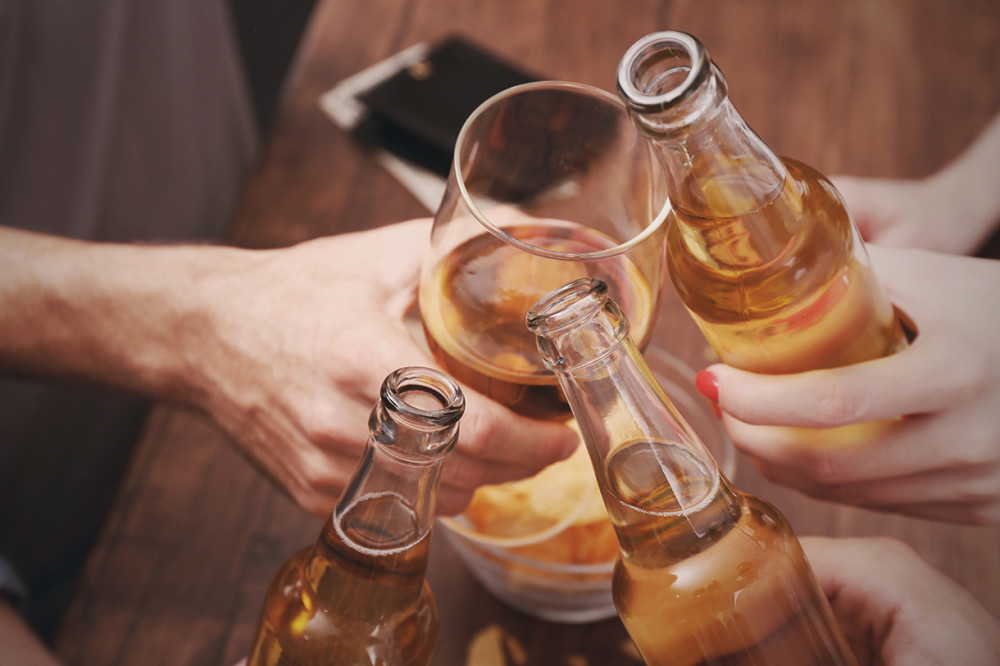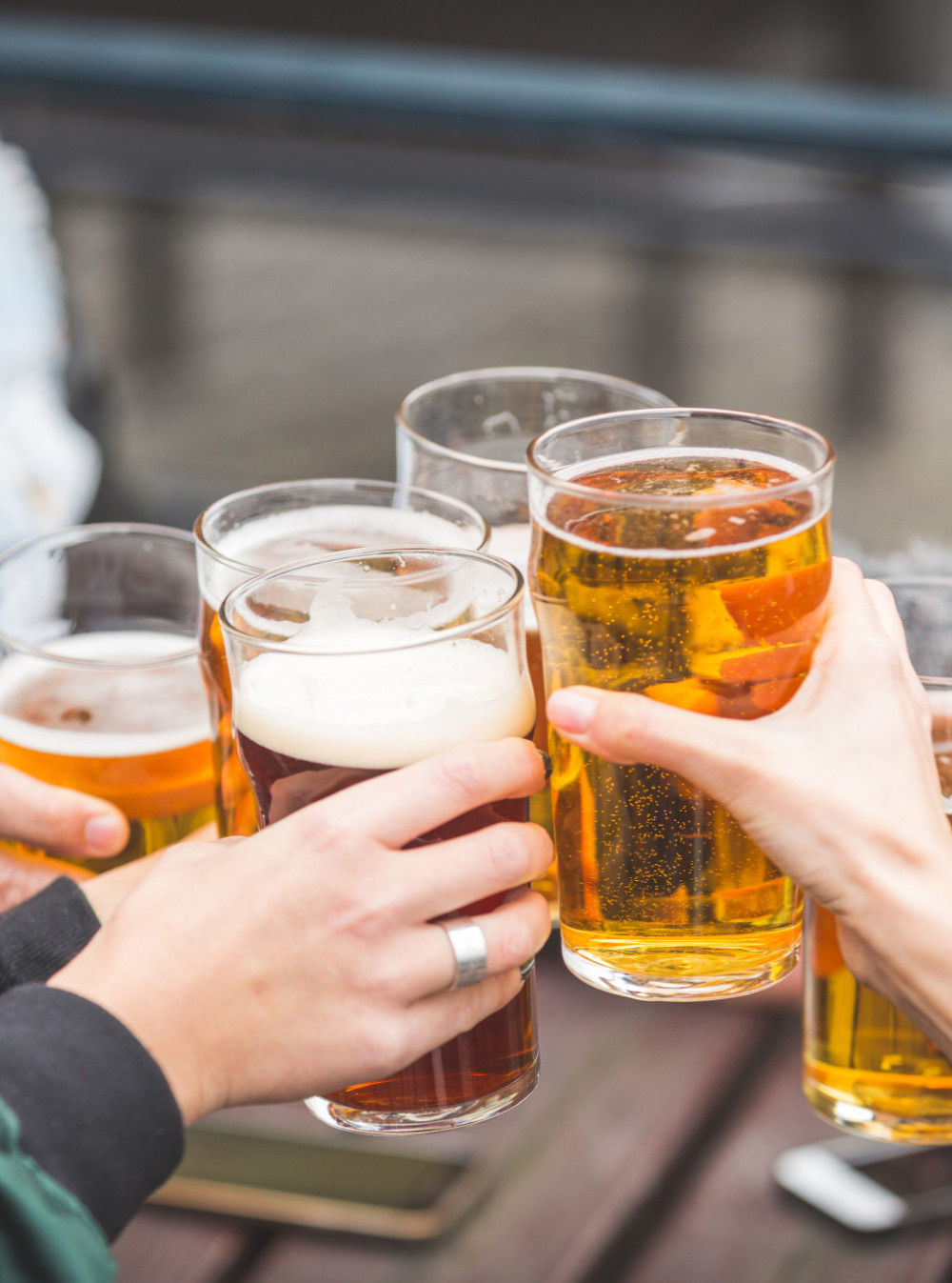Alcohol is classified as a sedative hypnotic drug which in low doses can stimulate euphoria, elevate mood and talkativeness and in high doses can depress the central nervous system leading to drowsiness, impaired judgment and reduced reflexes.[4] Alcohol is made by fermenting sugars from different sources such as grapes, hops, barley, potatoes, or apples to make wine, beer, spirits and ciders.[4] Pure alcohol contains 29 kJ per 1 gram, or 7 calories. Depending on the country, one standard drink can contain between 10-14 grams of pure alcohol; with the addition of sugars, flavours and additives, alcohol can contain high levels of calories per glass with beers containing between 100-170 calories, spirits between 97-116 calories, and white wines between 120-160 calories per 1 standard drink.[5] Staggering statistics from the CDC research into US drinking habits show that on any day, 30% of total calorie intake for men and 18% for women come from alcohol. If an individual’s total calorie intake for the day ranged from 1800-2000 calories and up to ⅓ of total calories is coming from alcohol, in extreme cases this could be between 600 and 660 calories. However in reality, the daily average is between 50-300 calories coming from alcohol, with young men aged 20-39 consuming the most calories from alcohol drinks.[5]
It is a legal requirement in New Zealand for alcoholic drinks to be labelled with the number of standard drinks per container. This provides the consumer with the information they need to estimate the potency of certain drinks and the effect this can have on their blood alcohol levels. The body is able to process alcohol, with 90% being metabolised in the liver which is then turned into water and carbon dioxide. The remainder is metabolised by the lungs and kidneys.[4] The liver is able to break down one standard drink, or 10g of pure alcohol per hour. The effect alcohol has on your bodily functions depends on a range of factors such as genetics, body weight, food consumption, tolerance and can take its effect in as little as 5 minutes after first consumption. These initial effects of alcohol include feelings of euphoria and increased heart rate. These can change as alcohol consumption increases over a single episode of drinking and can have both short-term and long-term effects on the body. These include hangovers but also more serious long-term effects such as liver or cardiovascular disease.


